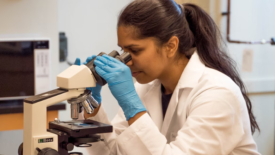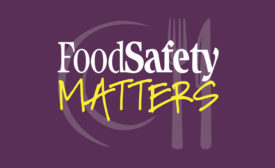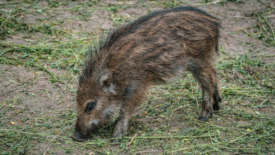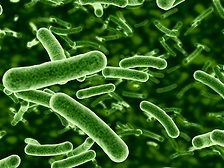Home » surveillance
Articles Tagged with ''surveillance''
Regulatory Report
Federal Agencies Increase Transparency of Foodborne Outbreak Investigations
Accessible data let all stakeholders see and share information
April 16, 2021
Data Science
Emerging Opportunities for Machine Learning in Food Safety: Potential and Pitfalls
Determining the right tools and the right data to use them on
April 15, 2021
Never miss the latest news and trends driving the food safety industry
eNewsletter | Website | eMagazine
JOIN TODAY!Copyright ©2024. All Rights Reserved BNP Media.
Design, CMS, Hosting & Web Development :: ePublishing










